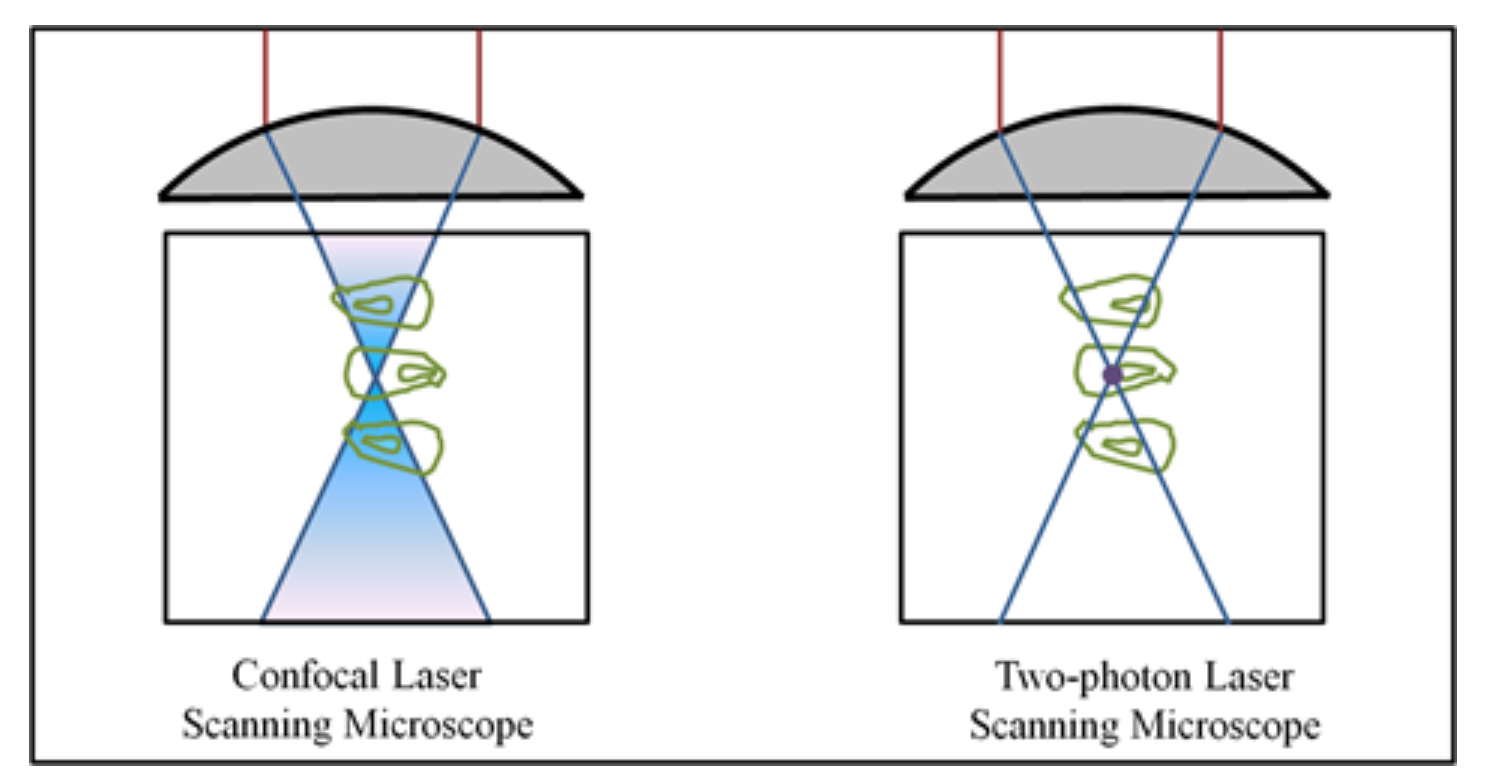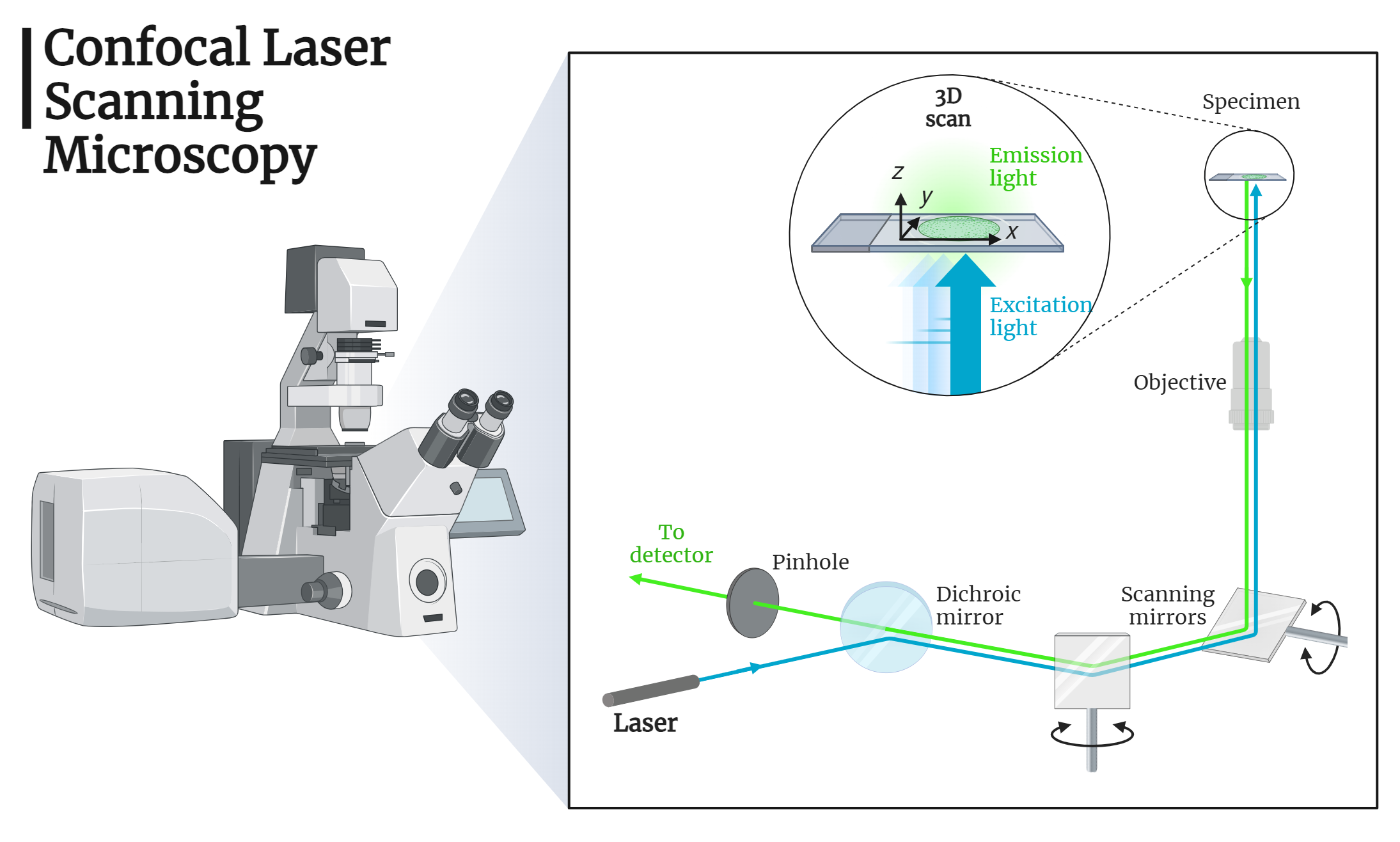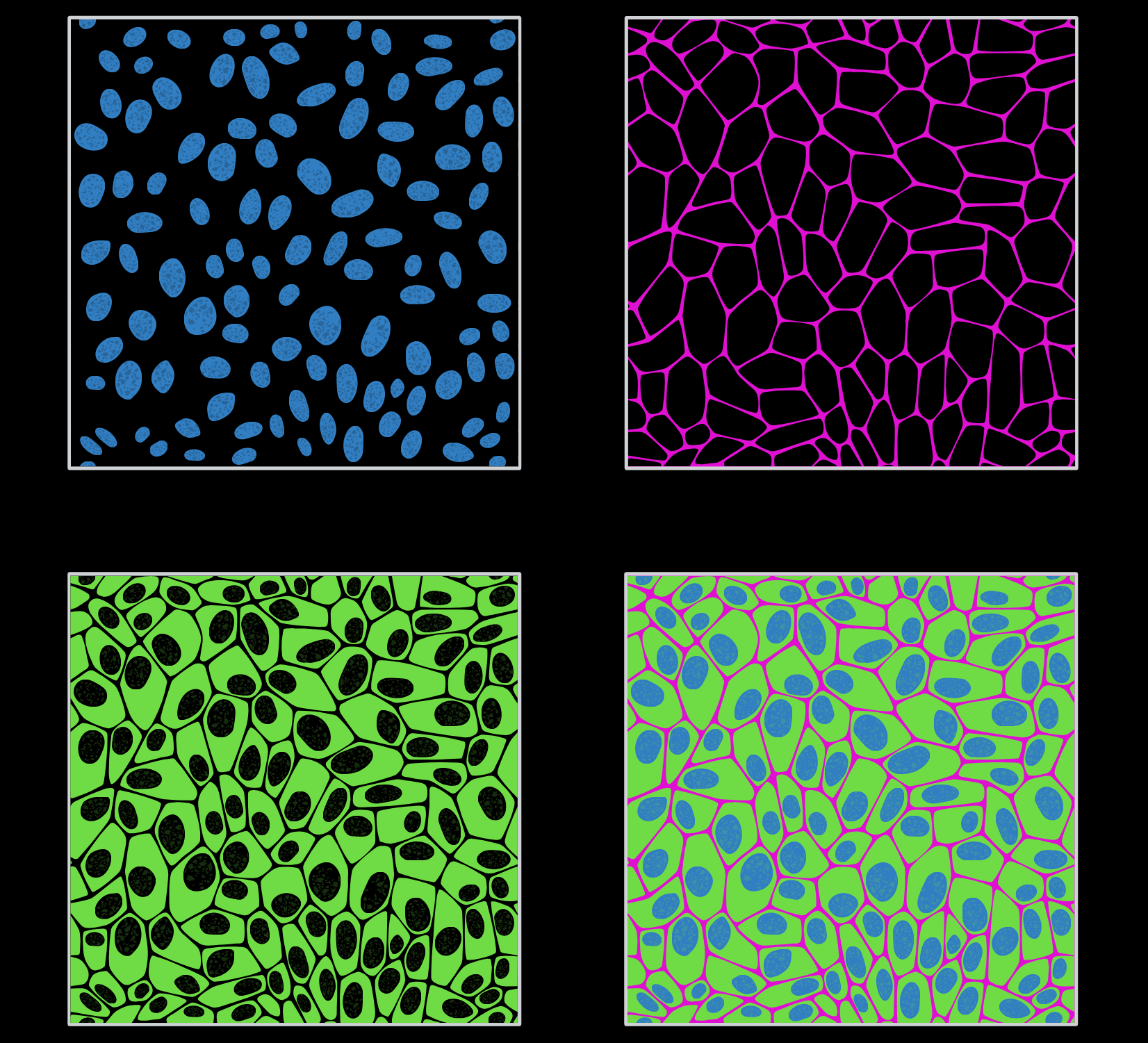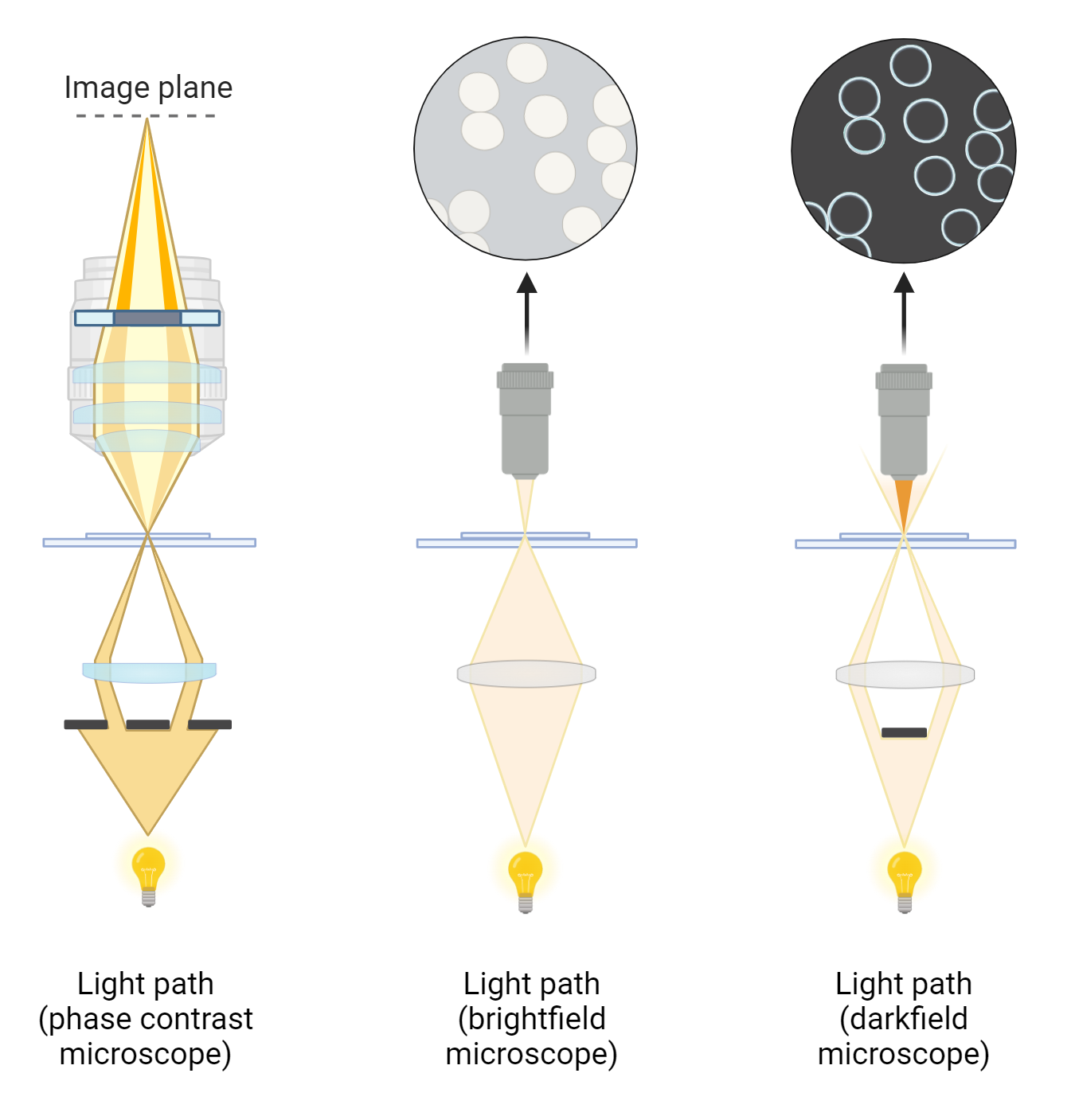-

Multiphoton Laser Scanning Microscopy
Multiphoton microscopy utilizes the simultaneous absorption of two photons to excite fluorophores, enabling imaging with longer wavelength light. The process necessitates intense light sources, such as pulsed infrared lasers, to achieve sufficient photon density. Notably, this technique allows deeper tissue imaging, as biological specimens poorly absorb near-infrared radiation compared to UV and blue-green radiation. Additionally,…
-

CLSM -Confocal Laser Scanning Microscopy
Confocal Laser Scanning Microscopy (CLSM) enables high-resolution imaging of biological specimens by focusing on thin layers within the sample. Utilizing lasers, pinhole apertures, and raster scanning, CLSM provides sharp, detailed images and facilitates three-dimensional reconstruction. This technique offers significant advantages in the precise localization and visualization of cellular structures, paving the way for advancements in…
-

Fluorescence Microscopy
Fluorescence microscopy is a pivotal technique in biological research, allowing the visualization of cellular structures and functions with enhanced contrast and resolution. By using fluorescent probes, GFP tagging, and advanced methods like TIRF, researchers can gain detailed insights into cellular processes. This study note covers the principles, types, and applications of fluorescence microscopy, highlighting its…
-

Microscopy
Light microscopy plays a crucial role in biological research, offering a means to visualize microscopic objects and macromolecules. By leveraging the principles of geometrical optics, various forms of microscopy, such as bright-field, dark-field, and phase contrast, enhance image contrast and resolution in unique ways. This study note delves into the fundamentals of light microscopy, including…
-

Phase Contrast Microscopy
Discover the power of a phase contrast microscope, an essential tool for enhancing sample contrast in fields like biology and materials science. Learn about its components, working principle, and applications in studying cell structures and analyzing materials. Explore the advancements in microscopy techniques and scientific instruments for improved research and imaging capabilities.
-

Light Microscopy
Light microscopy is a versatile technique used in various scientific disciplines such as biology, chemistry, and materials science. By illuminating a sample with light and capturing the transmitted image, this essential tool enables the study of cell structure, materials analysis, and scientific research. With its simplicity and ability to produce high-resolution images, light microscopy plays…
-

Confocal Microscope
Embark on a fascinating journey into the world of confocal microscopy. Discover its role in high-resolution imaging, sample preparation, and applications in biology, chemistry, and materials science. Uncover the groundbreaking advancements made possible by selectively detecting fluorescence, enabling detailed study of biological samples and components. Witness the transformative power of confocal microscopy in unlocking the…
Categories
- Anatomy (9)
- Animal Form and Functions (38)
- Animal Physiology (65)
- Biochemistry (33)
- Biophysics (25)
- Biotechnology (52)
- Botany (42)
- Plant morphology (6)
- Plant Physiology (26)
- Cell Biology (107)
- Cell Cycle (14)
- Cell Signaling (21)
- Chemistry (9)
- Developmental Biology (36)
- Fertilization (13)
- Ecology (5)
- Embryology (17)
- Endocrinology (10)
- Environmental biology (3)
- Genetics (59)
- DNA (27)
- Inheritance (13)
- Histology (3)
- Hormone (3)
- Immunology (29)
- life science (76)
- Material science (8)
- Microbiology (18)
- Virus (8)
- Microscopy (18)
- Molecular Biology (113)
- parasitology (6)
- Physics (3)
- Physiology (11)
- Plant biology (26)
- Uncategorized (7)
- Zoology (112)
- Classification (6)
- Invertebrate (7)




